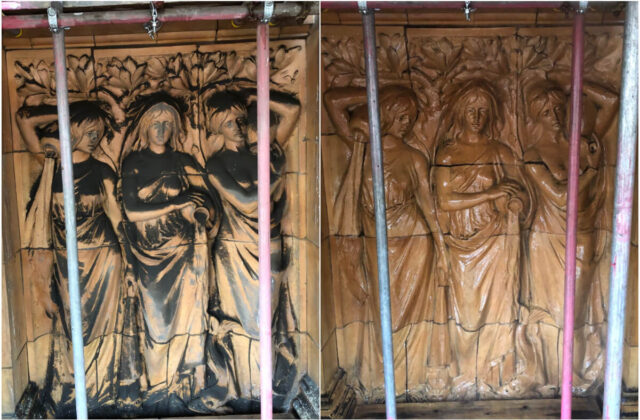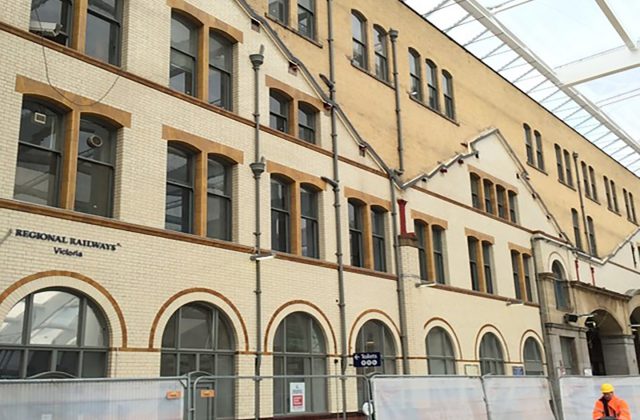Thorough cleaning of the external façades of a building can make a significant difference to its overall appearance. In the same way, careful interior cleaning can also considerably enhance the appeal of a building.
Furthermore, cleaning works are often a requirement to adequately expose the faults on decayed façades and this in turn allows an accurate diagnosis to be made.
Quadriga has the experience and expertise to carry out cleaning works to a range of different substrates, among them; terrazzo, marble, brick, stone and concrete.
Water washing is the most commonly used method of cleaning used by Quadriga, as this method is least likely to result in damage to the host substrate during the cleaning process.



